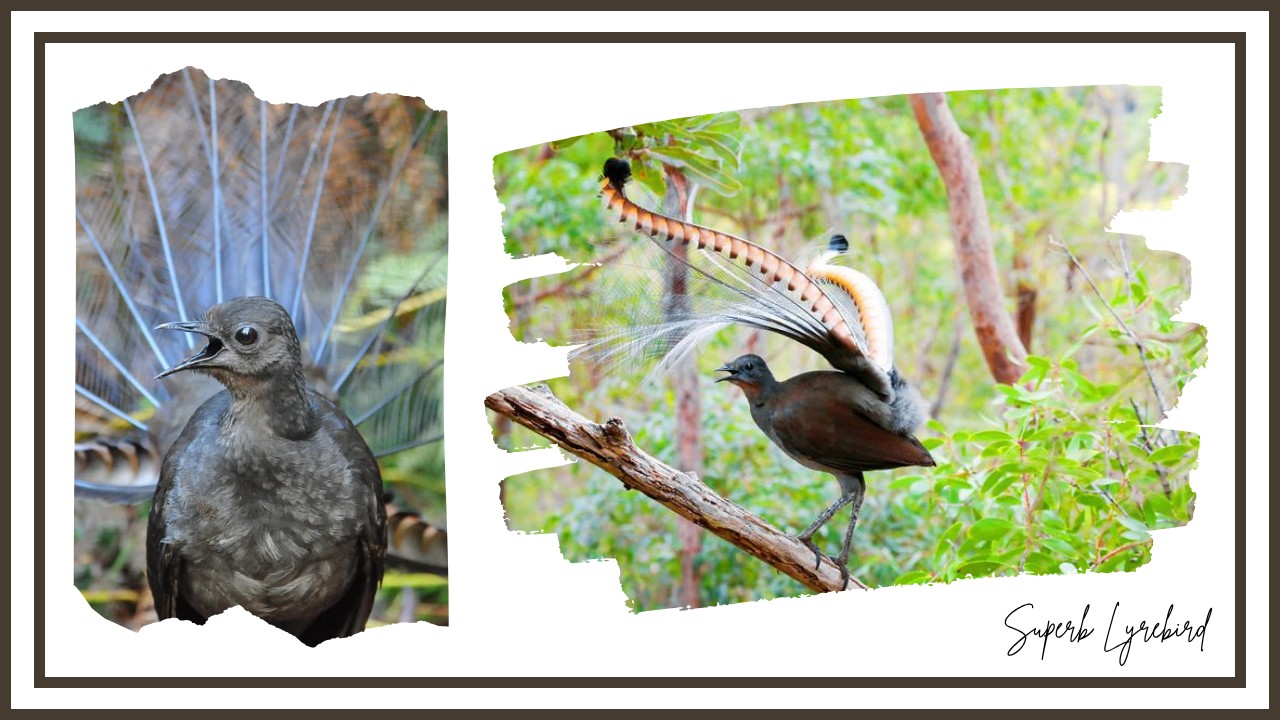Superb Lyrebird Facts: Deep in the lush rainforests of Australia lives one of the most remarkable creatures on Earth — the Superb Lyrebird (Menura novaehollandiae). This bird is not only known for its unique tail feathers but is globally admired for its extraordinary sound-mimicking ability. From copying other bird calls to imitating chainsaws, camera shutters, alarms, and even human voices, the superb lyrebird is often called “Nature’s recording machine.” In this article, we’ll explore everything you need to know about this fascinating bird — its behavior, habitat, mimicry skills, and its role in the ecosystem.
What is a Superb Lyrebird?
The superb lyrebird is a ground-dwelling songbird native to the southeastern rainforests of Australia, including Tasmania. It belongs to the lyrebird family and is considered one of the most advanced mimics in the animal kingdom. It gets its name from the male’s long, elegant tail feathers that resemble the shape of the ancient musical instrument called the lyre.
Where Does the Superb Lyrebird Live?
Superb lyrebirds are found in the cool temperate rainforests, eucalyptus woodlands, and dense forest regions of New South Wales, Victoria, and Tasmania. These birds prefer moist, shaded forest floors where they can forage for insects, worms, spiders, and other invertebrates hidden under leaf litter.
How Does a Lyrebird Mimic Sounds?
The most incredible feature of the superb lyrebird is its ability to imitate almost any sound it hears. Thanks to a highly developed vocal organ called the syrinx, this bird can create detailed, accurate, and often confusing copies of environmental sounds.
A male lyrebird can mimic:
- Chainsaws and power tools
- Camera clicks and car alarms
- Dog barks and human speech
- Calls of more than 20 other bird species
This ability is mainly used during the mating season. The male performs a dramatic courtship display, spreading his tail over his head like a peacock and singing a mix of real and mimicked sounds to impress the female. This performance can last for hours and is truly mesmerizing to witness.
Why Does the Lyrebird Mimic Man-Made Sounds?
In the wild, lyrebirds typically mimic natural sounds, such as bird calls and animal noises. However, birds living near urban areas or zoos are exposed to mechanical and artificial sounds, which they quickly pick up. Some captive lyrebirds have even mimicked construction noises like hammers, drills, and alarms, showcasing their incredible learning ability.
The Role of Lyrebirds in Forest Ecosystems
Beyond their mimicry, superb lyrebirds play a significant role in maintaining forest health. As they scratch through leaf litter to search for food, they aerate the soil, promote decomposition, and prevent fuel build-up, reducing the risk of forest fires. In fact, a single lyrebird can move over 200 tonnes of soil and litter per year, making them key players in the forest ecosystem.
Interesting Facts About Superb Lyrebirds
- Only male lyrebirds have the decorative tail feathers.
- They can live up to 20–30 years in the wild.
- A single song may include a medley of over 10 bird species’ calls.
- They breed during the winter months (June to August).
- Despite their beauty, lyrebirds are very shy and elusive in the wild.
Famous Video: Lyrebird Mimicking a Chainsaw
One of the most viral videos of the superb lyrebird was featured in BBC Earth’s documentary, narrated by Sir David Attenborough. In the clip, the bird imitates a chainsaw, a camera shutter, and a car alarm with stunning accuracy. Many viewers couldn’t believe that such sounds were coming from a bird. You can watch the video here:
| BBC Earth – Lyrebird Mimic Chainsaw | View |
Are Lyrebirds Endangered?
Currently, the superb lyrebird is not endangered, but habitat loss due to deforestation and climate change poses a threat to their population. Conservation efforts are in place in national parks and reserves to protect their natural habitat and ensure that future generations can experience this marvel of nature.
Conclusion
The superb lyrebird is not just a bird — it’s a natural wonder that reminds us of how intelligent and adaptable wildlife can be. Its incredible ability to mimic a wide range of sounds, combined with its role in forest ecology, makes it one of the most unique and valuable birds on the planet. Whether you’re a nature lover, birdwatcher, or simply curious about animal behavior, the superb lyrebird will leave you amazed and inspired.
